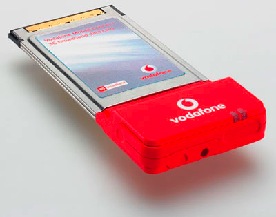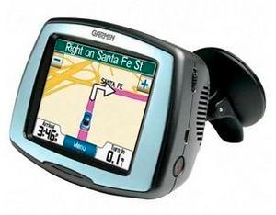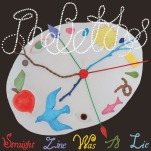The 20 Best Gadgets of the Decade (2000-2009)

10. XBox (2002)
The reason the XBox and its 360 update get the nod over the Playstation 3 is for revolutionizing online gaming with the advent of XBox Live in 2002. Never before had you been able to meet foul-mouthed teenagers while playing video games without, you know, going to an arcade. Now if we could just stop those punks from quitting in the middle of a game when I’m beating them at FIFA 2010. Josh Jackson

9. Blackberry (2002)
By mid-decade, this series of smartphones from Canadian company Research in Motion had become known as “crackberries,” and they’d become as indispensable in business as the briefcase used to be. Josh Jackson

8. Slingbox (2005)
This genius device gives viewers access to their cable television programming anywhere with a computer and high-speed internet connection. While initially hailed as a solution for dorm-dwellers without space for a television, the slingbox has become a favorite of travelers who can’t miss their favorite shows or games just because they’re away from home. Kevin Keller

7. iPhone (2007)
When Apple launched it’s portable media player/web browser/gaming console/GPS, the phone application seemed the least of its concerns (after all, it partnered with AT&T for actual reception). But even as a phone, it added visual voicemail. And with new thousands of new apps, it’s the gadget that gets better every day. Josh Jackson

6. Amazon Kindle (2007)
Travelers need no longer preserve their novels’ final chapters for the plane ride home. The online superstore Amazon introduced its peculiar literary instrument in 2007, compacting the book and the bookstore into a single, grayscale device. The Kindle married an unlikely couple: literature and the electronic. It will remain one of the few gadgets to be never criticized for its brain-melting capabilities. And best of all, thanks to digital ink, it reads just like paper. Gage Henry

-

-

-

-

-

-

-

-

-

-

-

-

-

-

-

-

-

-

-

-

-

-

-

-

-

-

-

-

-

-

-

-

-

-

-

-

-

-

-

-












































